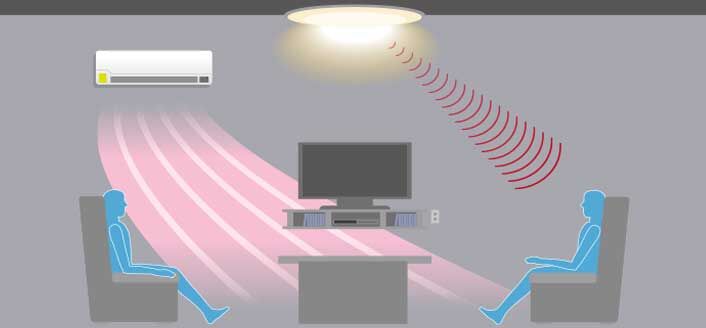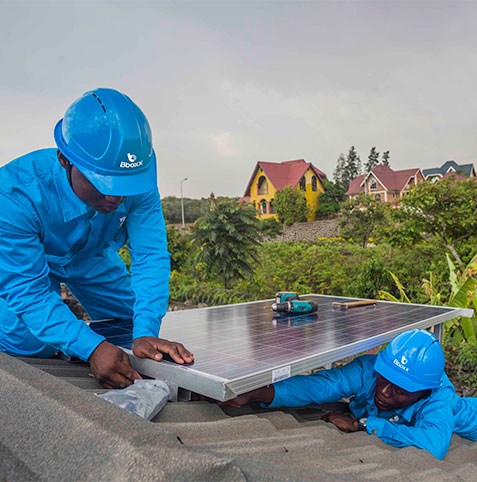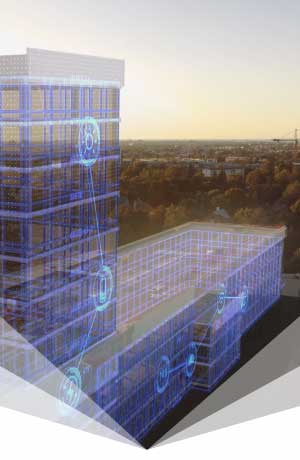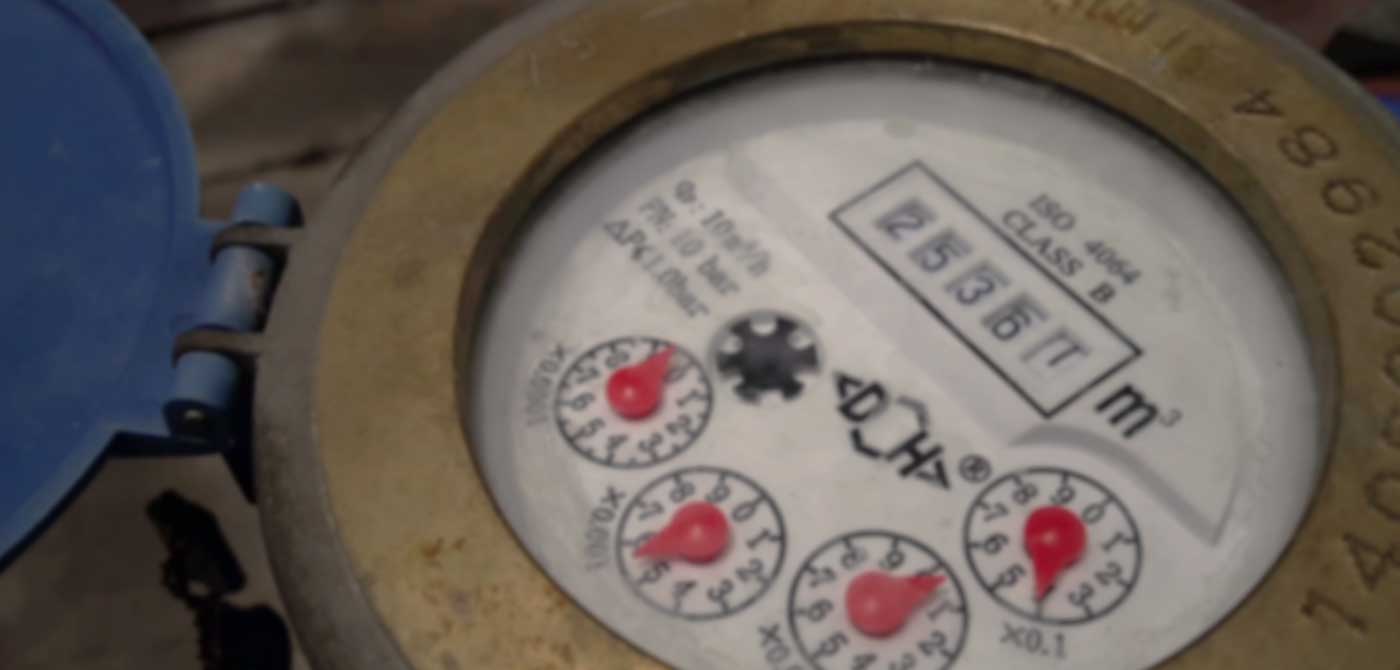One way to effectively monitor electricity consumption and create a more energy efficient HVAC system is with a smart thermostat, a device powered by the Internet of Things (IoT) that gathers useful HVAC data and adapts to a buildings unique HVAC needs. IoT-enabled smart thermostats are a young market, but it is growing quickly. According to a report published by Research and Markets, the global smart thermostat market was worth $1.1 billion in 2017, and is projected to reach a value of $3.4 billion by 2023 at a CAGR of 20%.
When combined with IoT sensors, smart thermostats form the main interface of a smart HVAC system that can help homes and businesses significantly reduce their energy costs. However, while a home has a relatively straightforward set of heating and cooling challenges, office buildings, warehouses, and production facilities often face unique requirements for their HVAC system that can be difficult to handle efficiently. For example, office buildings are largely unoccupied in the evening and overnight, but still require basic temperature regulation to ensure worker comfort during the day. In some laboratories and production facilities, certain materials require specific temperatures to maintain viability. Building temperatures also are linked to productivity. According to a study from Cornell University, employees committed 44% more errors and were less than half as productive in colder temperatures than they were when conditions were comfortable. If a buildings HVAC system is set improperly or breaks down during office hours, lost productivity and compromised materials could result in significant financial setbacks to a business bottom line.
With so many unique challenges, a smart HVAC system powered by IoT stands to make a significant difference in how a business regulates temperature and air quality at its facilities.
Real-Time HVAC Monitoring Enables Remote Diagnostics and Predictive Maintenance
Like many devices that are IoT-enabled, a smart HVAC system uses smart sensors to continuously monitor and collect data related to the condition and functionality of the HVAC system. Information, such as temperature settings, energy consumption, cooling cycles, and condensation levels, can be gathered and shared with system managers, engineers, and technicians to give them a complete picture of an HVACs overall system health. One such device, Daikins Intelligent Equipment system, provides real-time access to 150 data points on a rooftop HVAC unit or air-cooled chiller. Daikins cloud-based management platform allows system managers to trend HVAC health and performance throughout the systems life cycle.
With these robust data sets, managers can execute several remote diagnostic and predictive maintenance programs to extend the life of their HVAC system and prevent it from breaking down during business hours, negatively affecting productivity. Since changes in asset performance, unusual equipment behavior, or system failures are detected immediately, managers can diagnose remotely the issue and initiate maintenance protocols at once, reducing both repair and energy costs by ensuring the HVAC system continues to operate at peak efficiency.
Controllability, Adaptation, and Comfort
More than peak efficiency, however, business owners and managers are seeing the benefit of smart HVAC systems because they offer significantly superior levels of control. Smart thermostats can be remotely programmed with a weekly temperature schedule based on data that they gather from the building and the system itself. Sensors can measure temperature, humidity, and air flow throughout an entire building and combine this information with external factors, such as weather forecasts and current utility rates, to determine the optimal settings for performance and comfort, ensuring that productivity remains high and temperature-sensitive materials stay regulated.
For example, a mild day with high humidity levels still could be uncomfortable due to latent heat, which is thermal energy present in water vapor that is independent of temperature. To reduce this latent heat and provide a comfortable, productive workplace environment, an air conditioner must condense this vapor back into its liquid form using latent load capacity. With a smart HVAC system connected to a wireless network, sensors can measure current humidity levels against historical data and predicted weather forecasts to reduce the latent heat in the air before it gets out of control. By learning how to alter its behavior based on current or upcoming situational factors, a smart HVAC system can proactively create a comfortable environment instead of reacting to changes after they occur.
Build Your Smart HVAC System with Aeris
As the market continues to grow, more businesses are seeing the benefits of switching to a smart HVAC system to help reduce energy costs, maintain workplace productivity, and protect temperature-sensitive materials. With energy demand set to increase, it is imperative for system designers to develop an IoT-enabled smart HVAC system of their own in order to compete in the changing commercial HVAC market.
Aeris offers versatile, future-proven connectivity solutions that take full advantage of IoT infrastructure. The Aeris Connectivity Platform can provide complete control over an HVAC systems life cycle and improve visibility into its performance and environmental adaptability. Aeris simplifies the complex problem of device management by offering a single point of control for businesses to leverage in their management of their HVAC system and ensure energy efficiency.
To learn more about how to utilize IoT in the development of a smart HVAC system, contact Aeris today.




